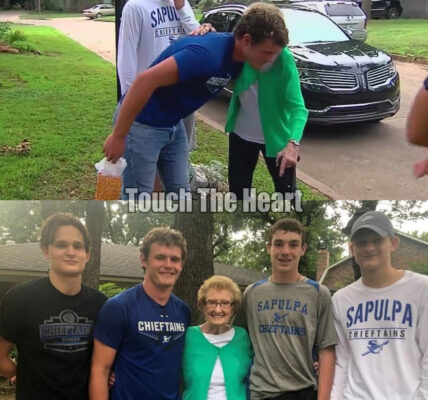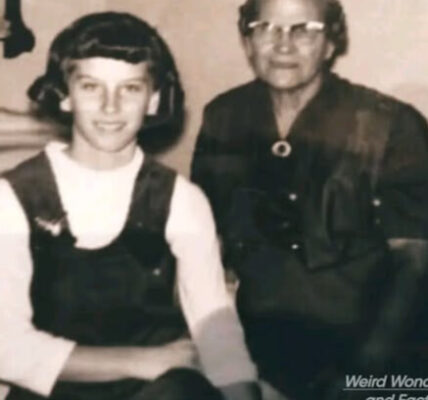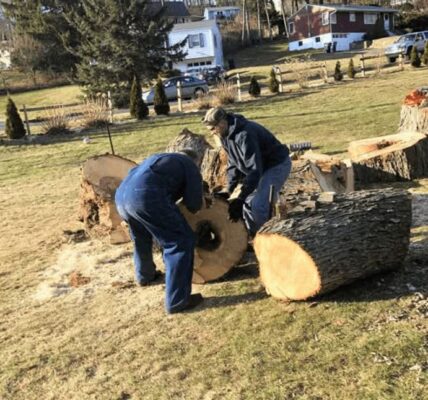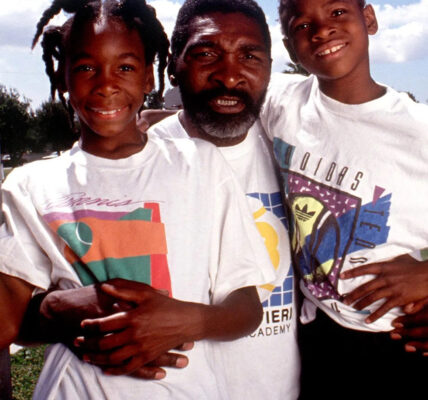The sun had barely risen over Tsavo’s vast, rugged plains when the call came in — a weakened elephant had been spotted struggling in a dried-up dam at Kuranze ranch. The Kenya Wildlife Service (KWS) security team stationed nearby didn’t waste a moment. They knew that in the wild, time is everything — and for this elephant, time was slipping away fast.

When the officers arrived, the scene was heartbreaking. The once-mighty creature lay half-submerged in thick mud, its sides heaving with exhaustion. Every attempt to move only sank it deeper. The dam, long dried by drought, had become a trap — the cracked earth swallowing what little strength remained in the animal’s weary body.
As the team moved closer, they noticed something else — a deep wound on its thigh. An arrow wound. The elephant had already been injured before falling into the dam. Perhaps it had wandered into conflict with humans or poachers. Whatever the reason, it was now fighting two battles — one against pain, and another against the earth itself.

The team radioed for help. Reinforcements and a veterinary unit were dispatched immediately. But in Tsavo’s wild terrain, even the shortest distances take time. And time was what the elephant no longer had.
So, the KWS rangers began doing what they could with what they had. One ranger knelt by the animal’s side, whispering softly — not words it could understand, but a kind of reassurance only compassion can translate. Others began clearing mud around its body, their boots sinking into the same sticky trap that had ensnared the giant.
When the veterinary team arrived, the situation was dire. The elephant was dehydrated, shivering, and barely responsive. But giving up was not an option.
The vet inspected the wound quickly — a festering injury, swollen and infected. There was no time for anesthesia. “We have to do it now,” he said.

And so they did.
With steady hands, the team cleaned the wound with water and hydrogen peroxide. Pus drained out slowly, the smell of infection mixing with the hot dust of the savannah. They disinfected it with tincture of iodine and covered it with a layer of green healing clay — nature’s remedy in the wild. Then, with practiced precision, they injected long-acting antibiotics and anti-inflammatory medicine.
Through it all, the elephant lay still — exhausted but alive, trusting the strange humans who had become its only hope.
Then came the hardest part — freeing it from the mud.

The team tied thick ropes around its torso, securing them to the back of a Land Cruiser. The air was tense. The rangers had to be careful; one wrong move could dislocate a joint or worsen the wound. Slowly, the vehicle pulled. The ropes tightened, straining against the mud’s stubborn grip.
For a few moments, nothing happened. Then, with a sound like suction breaking, the elephant’s massive body shifted. A cheer rose — not victory yet, but hope.
Again and again, the team pulled. The sun climbed higher. Sweat soaked their uniforms. Mud clung to their hands and faces. But inch by inch, the elephant began to move — dragged, then lifted, then finally freed.
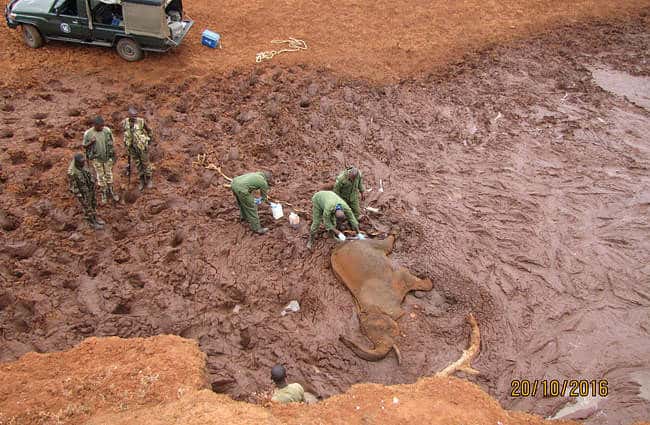
When the ropes fell slack, the rescuers froze, watching. Would it stand? Could it stand?
For long seconds, it didn’t move. Then, as if gathering every last ounce of strength, the elephant pushed its front legs into the dirt. Its muscles trembled, its body wavered — and then, astonishingly, it rose.
A great shout went up from the team — joy, relief, disbelief. One of the rangers, wiping mud from his eyes, said quietly, “He’s a fighter.”
To help it balance, ropes were looped gently around its tusks, giving the rescuers leverage as they steadied its massive frame. The elephant stood there, breathing heavily, its sides rising and falling in deep, grateful rhythm. Then, with slow, careful steps, it began to walk.
No one followed right away. They simply stood and watched. Watched as this creature — this symbol of strength and endurance — disappeared slowly into the trees, carrying with it the marks of pain, the scent of medicine, and the miracle of survival.

The rescue had taken hours, but in the end, it was more than a victory for one elephant. It was a reminder of what humanity can be when compassion outweighs convenience — when people run toward suffering instead of away from it.
For the KWS security team, it was just another day’s work. But for anyone who has ever stood between life and death — for any creature — it was something sacred.
Later that day, one of the rangers looked back toward the dam. The mud still bore the imprint of the elephant’s struggle — deep, powerful, and silent. “This is why we do what we do,” he said softly. “Because every life matters, even the ones that can’t ask for help.”
That day at Tsavo, the land saw something extraordinary — not a fight between man and nature, but a moment of unity. A wounded elephant, a team of rescuers, and a simple truth: that even in a world full of cruelty, kindness still has the power to lift the fallen.
And somewhere, out there in the wild, an elephant now walks again — scarred but free — because a few humans chose to care enough to get their hands dirty.
A battle fought in silence.
A life pulled from the mud.
A story that reminds us all — compassion, when it acts, can move mountains. Or in this case… a giant.

